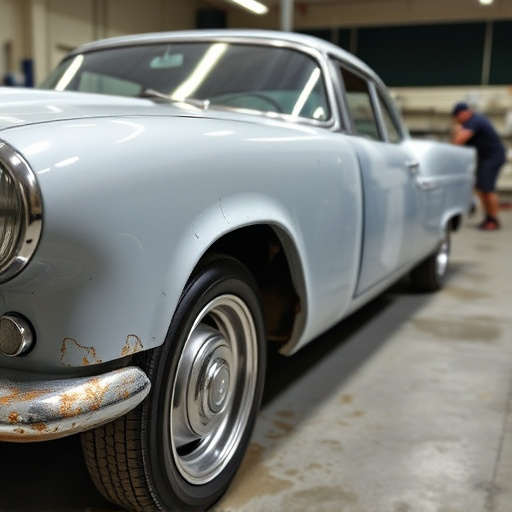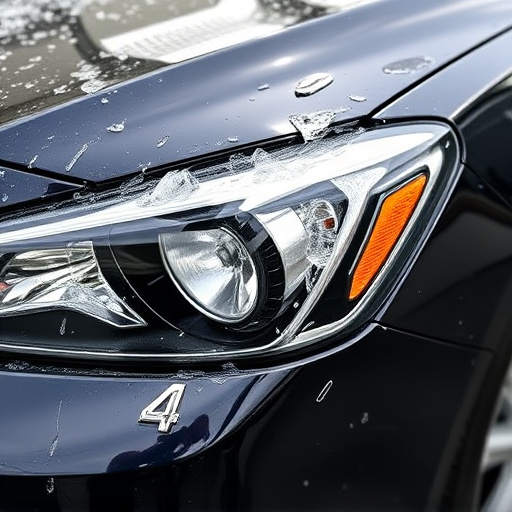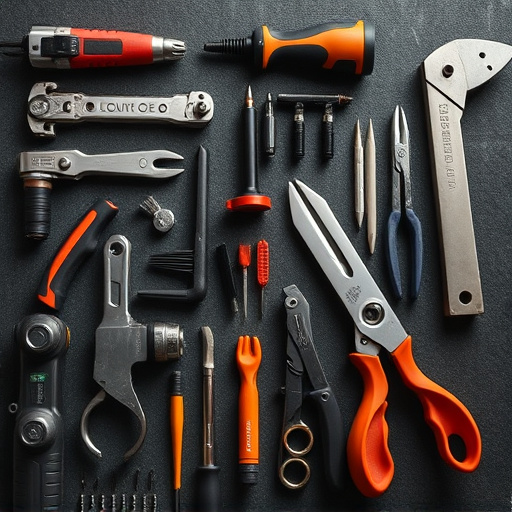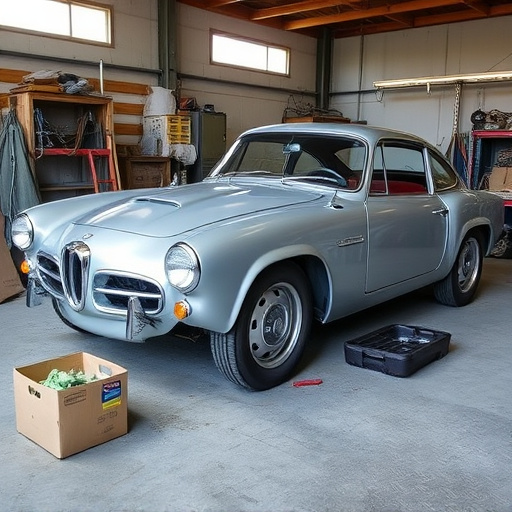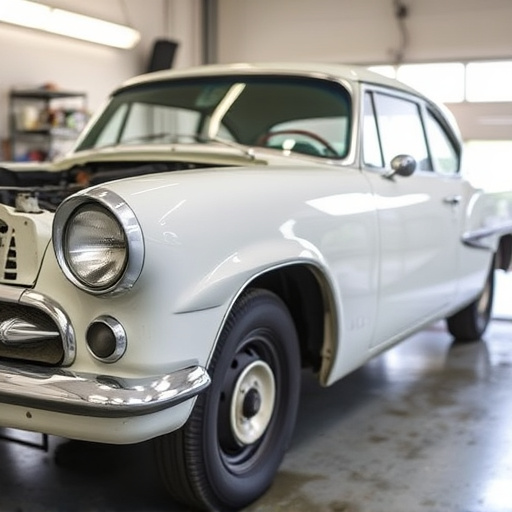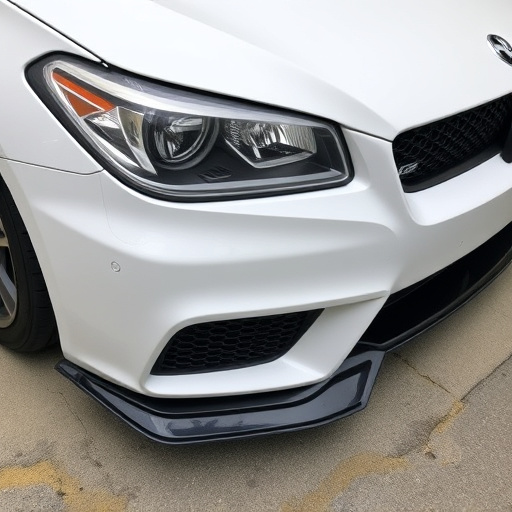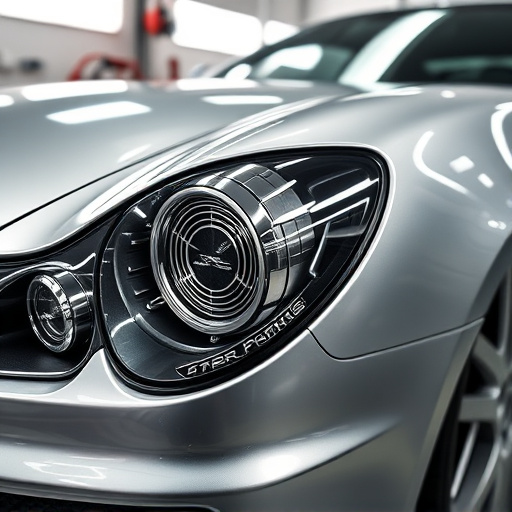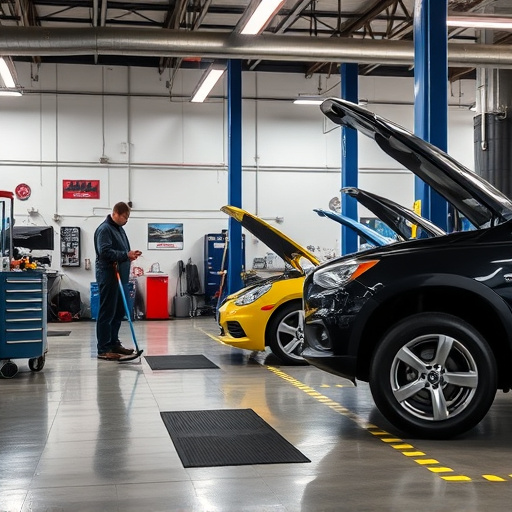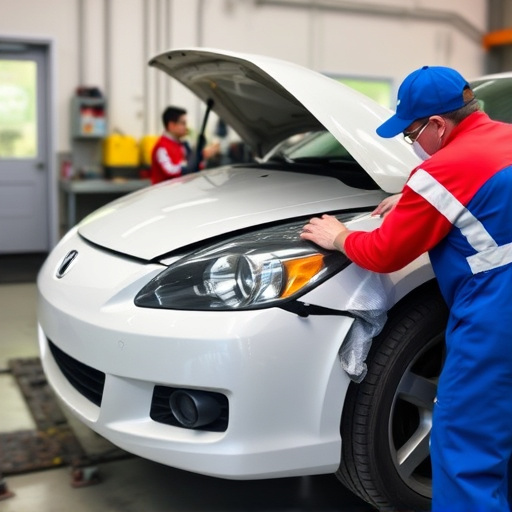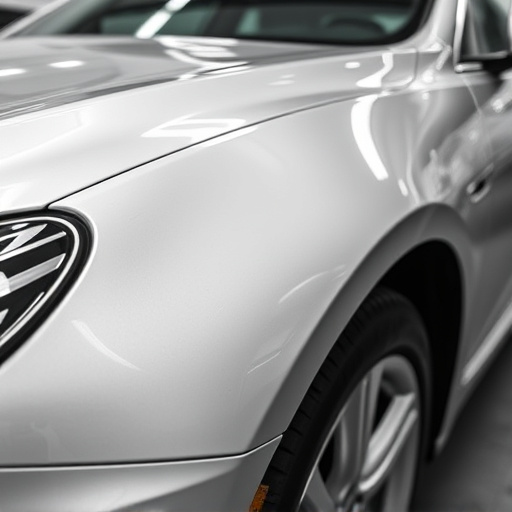Modern vehicles' advanced materials, electronics, and complex structures pose significant challenges for collision repair shops regarding sectioning procedures. Repairs require skilled technicians and specialized tools to handle diverse materials and integrated digital systems precisely while maintaining structural integrity and aesthetic restoration. The future of automotive manufacturing is driven by seamless assembly processes, with robotics, AI, and automation revolutionizing sectioning, leading to cost savings and higher quality standards. Efficient sectioning is crucial for auto dent repair, damage repair, and vehicle body repair, ensuring precise alignment and fitment through real-time data analytics.
In modern automotive manufacturing, understanding and optimizing sectioning procedures is a complex challenge. As vehicle designs evolve with lightweight materials, advanced electronics, and intricate layouts, efficient sectioning techniques become crucial for seamless assembly. This article delves into the intricacies of sectioning procedures, exploring key obstacles that hinder their implementation while highlighting future trends poised to revolutionize automotive manufacturing through enhanced sectioning solutions.
- Understanding Sectioning Procedures: The Modern Vehicle Design Challenge
- Key Obstacles in Implementing Efficient Sectioning Techniques
- Future Trends: Overcoming Challenges for Seamless Assembly in Automotive Manufacturing
Understanding Sectioning Procedures: The Modern Vehicle Design Challenge
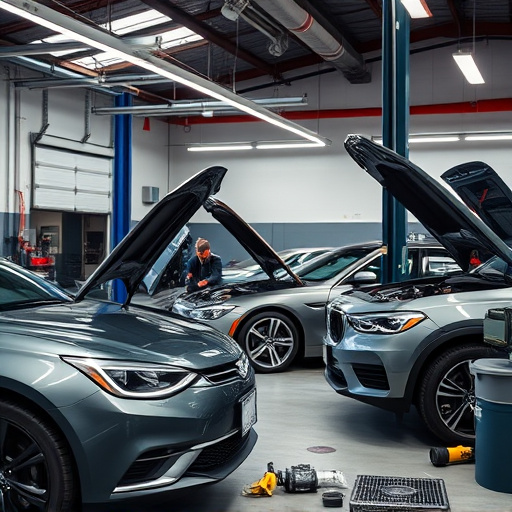
In modern vehicle designs, understanding sectioning procedures has become a complex challenge for automotive manufacturers and collision repair shops alike. As cars evolve with advanced materials, sophisticated electronics, and intricate structures, the process of disassembling and reassembling components during repairs or renovations is more demanding than ever before. This complexity arises from not only the diverse materials used in contemporary vehicles but also the increasing integration of digital systems and smart technologies.
The challenge extends to balancing the need for precision during collision repair, where accurate sectioning procedures are crucial to ensure structural integrity and aesthetic restoration. With car damage repair requiring meticulous handling of sensitive parts and components, automotive collision repair professionals must possess advanced skills and specialized tools to navigate these intricate sections successfully. This demands a deep understanding of modern vehicle design principles and the ability to adapt repair methods accordingly.
Key Obstacles in Implementing Efficient Sectioning Techniques
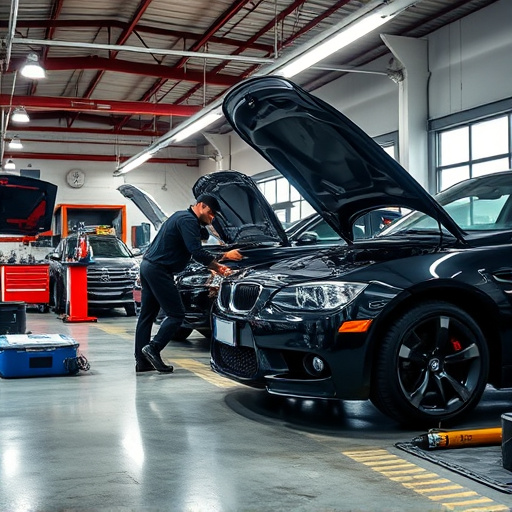
Implementing efficient sectioning procedures in modern vehicle designs presents several key obstacles. One major challenge is the increasing complexity of automotive structures, driven by advancements in safety standards and material composition. Today’s vehicles feature sophisticated frameworks, advanced composite materials, and intricate component arrangements that demand precise cutting and separation techniques to avoid damage or weakness in structural integrity. This complexity necessitates specialized equipment and a high level of skill to ensure accurate sectioning without compromising the vehicle’s overall performance and safety.
Additionally, the diverse nature of vehicle body shop repairs adds another layer of difficulty. Different car models and makes require tailored sectioning approaches, reflecting unique design complexities and material characteristics. In an automotive body shop, technicians often face the challenge of balancing speed and precision during the sectioning process, especially when dealing with tight spaces or delicate components. Effective sectioning techniques must also consider the environmental impact, as they often involve hazardous materials and require adherence to stringent safety protocols to protect both workers and the surrounding ecosystem.
Future Trends: Overcoming Challenges for Seamless Assembly in Automotive Manufacturing
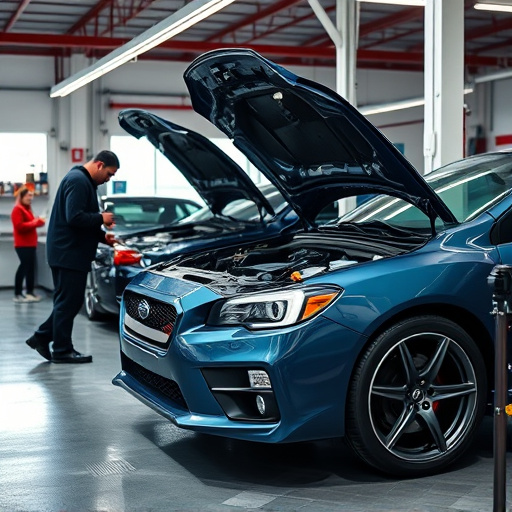
The future of automotive manufacturing leans heavily on seamless assembly processes, driven by consumer demands for lightweight, efficient vehicles with complex designs. Advances in robotics, artificial intelligence (AI), and automation are paving the way for more precise and faster sectioning procedures, overcoming challenges associated with modern vehicle designs. These technologies enable manufacturers to handle intricate panel shapes, reduce human error, and streamline production lines, ultimately leading to cost savings and higher quality standards.
As vehicles become increasingly modular and customizable, efficient sectioning becomes crucial for auto dent repair, car damage repair, and vehicle body repair processes. Innovations in material handling systems, coupled with real-time data analytics, allow for dynamic adjustments during assembly, ensuring precise alignment and fitment of panels. This not only enhances the overall structural integrity of the vehicle but also facilitates quicker turnaround times for repairs, catering to the fast-paced demands of modern car ownership.
Modern vehicle designs present unique challenges for efficient sectioning procedures, with complex assembly processes demanding innovative solutions. By addressing key obstacles and embracing future trends, automotive manufacturers can overcome these challenges. Advanced technologies, such as digital modeling and enhanced automation, hold the potential to revolutionize sectioning techniques, ensuring seamless assembly lines and improved overall productivity in the industry.
